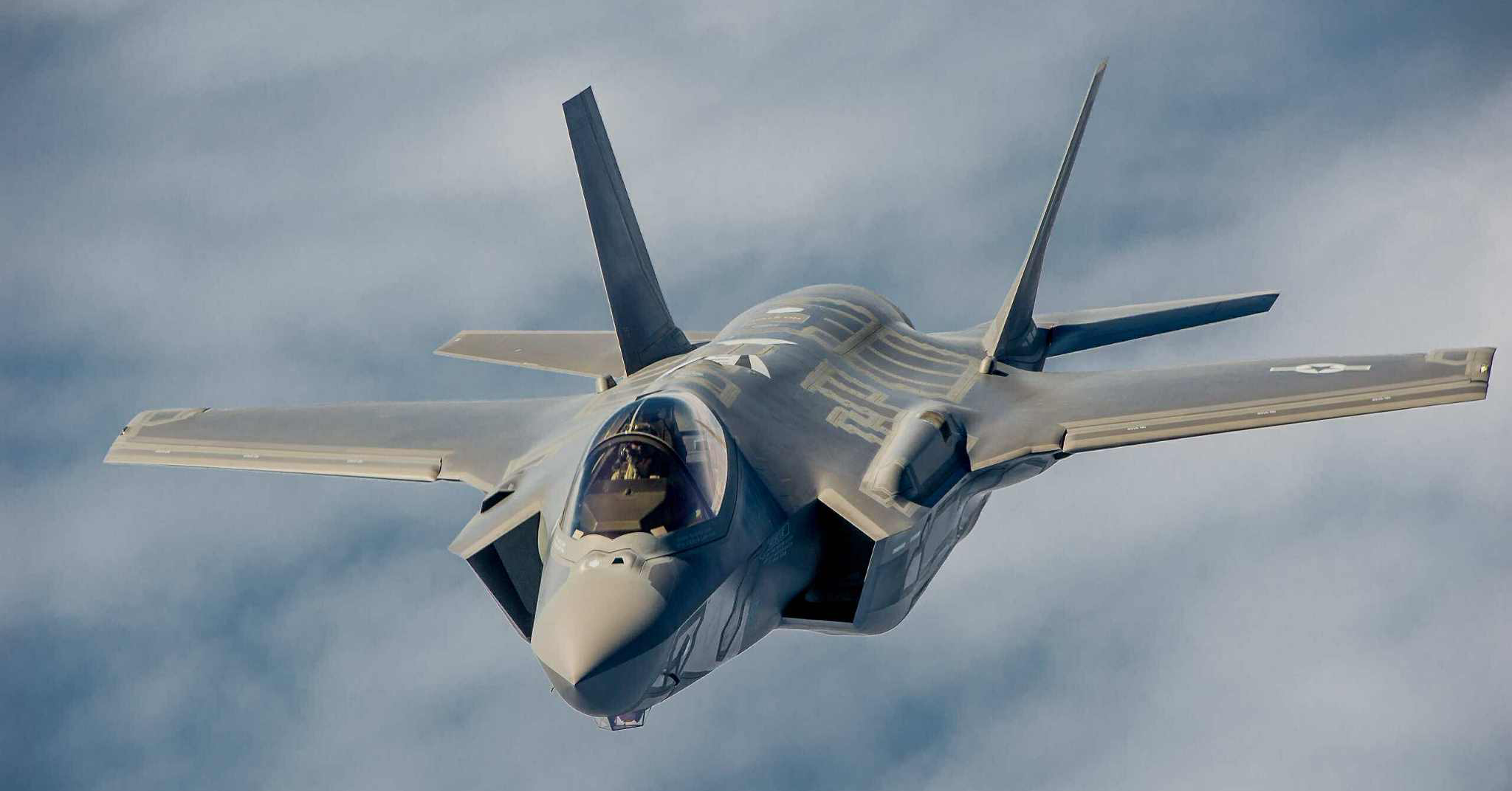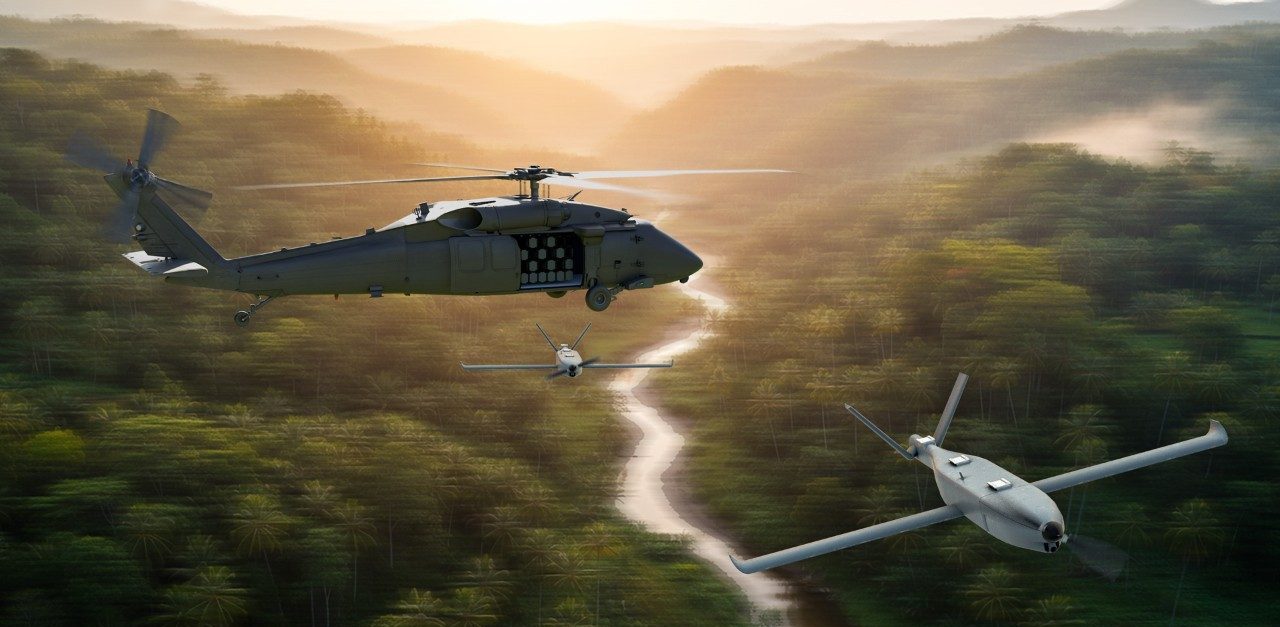Lockheed Martin and NASA reported joint success after the aircraft’s first flight.
Lockheed Martin Skunk Works, in collaboration with NASA, has successfully completed the first flight of the X-59, a revolutionary, quiet supersonic aircraft designed to enable faster commercial air travel.
Are supersonic aircraft the future of air travel?
The X-59 took off from the Skunk Works facility in California and landed near NASA’s Armstrong Flight Research Center. The X-59 supersonic aircraft performed exactly as planned, demonstrating initial flight characteristics and flight data performance before landing safely at its new home.
“We are excited to see the first flight of the X-59”
“This aircraft is a testament to the innovation and expertise of our collective team, and we are proud to be at the forefront of developing quiet supersonic technology,” said OJ Sanchez, vice president and general manager of Lockheed Martin Skunk Works, prior to takeoff. “This aircraft is a testament to the innovation and expertise of our collective team, and we are proud to be at the forefront of developing quiet supersonic technology.”
The first flight of the X-59:
The X-59 is a unique supersonic aircraft designed to demonstrate the ability to fly at supersonic speeds while reducing the sonic boom to a mere soft thud. In doing so, the X-59 aims to overcome one of the major obstacles to commercial supersonic flight, which currently limits the use of these aircraft in civil aviation due to concerns about noise pollution. The successful development and flight testing of the X-59 could pave the way for new aircraft for commercial supersonic flight that operate below an acceptable noise threshold.
Supersonic aircraft will be able to transport passengers and cargo twice as fast as today’s aircraft.
“The X-59 is a symbol of American ingenuity. The American spirit knows no bounds. It’s part of our DNA – the desire to fly further, faster and more quietly than anyone before. It maintains America’s leadership in aviation and has the potential to change the way the traveling public flies,” said NASA Acting Administrator Sean Duffy.








